In the world of DIY projects, the notion of constructing a shed on a flatbed trailer has garnered significant attention. This unique approach presents a myriad of benefits, particularly for those seeking mobility, security, and a customizable space for storage or other purposes. However, before diving into such a creative endeavor, there are numerous factors to consider—including legal restrictions, design requirements, and construction techniques. This guide aims to address any questions you may have regarding the feasibility and methodology of building a shed on a flatbed trailer, ensuring a thorough understanding before you embark on this project.
Why Build a Shed on a Flatbed Trailer?
Building a shed on a flatbed trailer has become increasingly popular due to its multifaceted advantages:
Mobility: One of the chief benefits is mobility; you can relocate your shed as needed, making it a versatile option for those who might change locations.
Zoning Flexibility: Unlike traditional sheds, which might require permits or compliance with local zoning laws, shed-on-trailer constructions often sidestep these complications, although local regulations must still be checked.
Storage Efficiency: A flatbed trailer inherently supports a variety of storage solutions, offering the perfect balance between utility and style.
Cost-Efficiency: Pre-existing trailers can often be repurposed, reducing overall costs compared to building a stationary shed from scratch.
Custom Design: On a flatbed trailer, the design possibilities are virtually endless. This allows for an aesthetic that’s adaptable to personal preferences or needs.
Weather Resistance: A well-constructed shed can withstand harsh weather conditions, providing security for tools, equipment, or even as temporary living quarters if necessary.
Planning Your Shed Construction
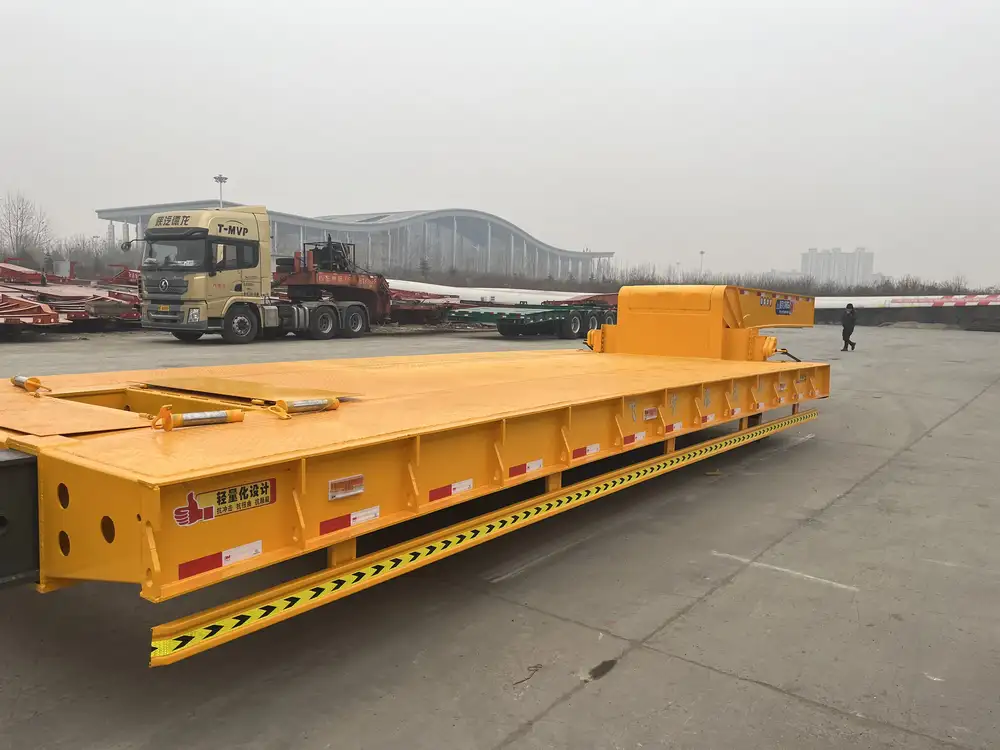
Understanding Local Regulations
Before you proceed, a thorough investigation into local building regulations and zoning laws is paramount. Each municipality has unique codes that govern the construction of mobile structures. Common points to investigate include:
- Permit Requirements: Some locations may require permits even for mobile structures.
- Height Restrictions: Understanding maximum allowable heights for trailers can influence your design.
- Property Lines: Consideration of property boundaries is essential to prevent disputes with neighbors or legal penalties.
Choosing the Right Trailer
Not all flatbed trailers are created equal. Here are critical aspects to consider when selecting a trailer for your shed construction:
| Type of Trailer | Load Capacity | Dimensions | Notes |
|---|---|---|---|
| Utility Trailer | 1,500 – 5,000 lbs | 8’ x 4’ to 16’ x 8’ | Suitable for small to medium sheds |
| Car Hauler | 3,000 – 10,000 lbs | 8’ x 20’ to 8’ x 25’ | Ideal for larger builds; sturdy construction |
| Dump Trailer | 3,000 – 15,000 lbs | Varies widely | Offers added flexibility for moving materials |
| Gooseneck Trailer | 10,000 – 30,000 lbs | Length varies | Great for heavy-duty projects; requires a special hitch |
Designing Your Shed
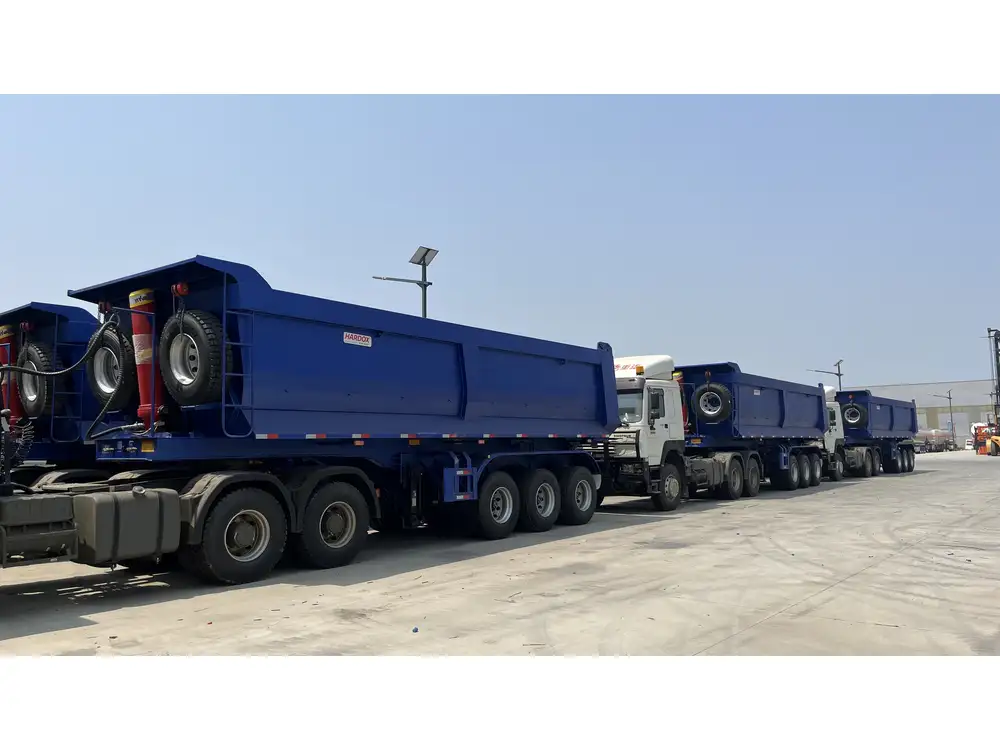
Key Design Elements
Dimensions: The shed’s size should correlate with both your storage needs and the trailer’s capacity. A standard small shed might measure 8′ x 10′, while larger options can stretch to 12′ x 20′.
Roof Type: Selecting a roof style can significantly influence your shed’s aesthetics and practicality:
- Gable Roof: Offers excellent shedding of rain and snow; more ventilation.
- Flat Roof: Easier to build but may risk water pooling.
- Shed Roof: Slope facilitates water drainage; visually pleasing.
Wall Structure: Use materials that provide durability and insulation. Common choices include plywood, oriented strand board (OSB), or even metal siding based on your budget and aesthetic preferences.
Layout and Functional Considerations
Create a floor plan that maximizes space efficiency. Consider the following points:
- Shelving: Incorporate built-in shelves for optimal storage.
- Access Points: Strategically place doors or windows to ensure both ease of access and natural light.
- Ventilation: Proper ventilation is vital in preventing moisture build-up, particularly if your shed will house valuable tools.
Materials and Tools Needed
Successful shed construction hinges on careful material selection. Below is an essential list of materials and tools:
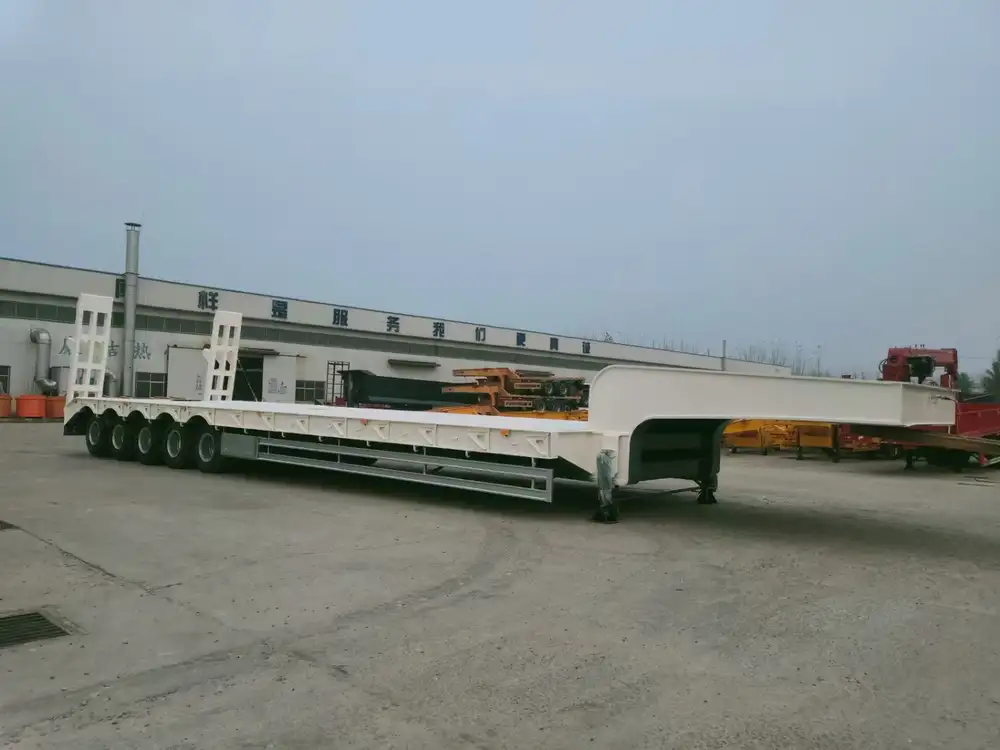
Materials:
- Plywood or OSB (for walls and flooring)
- Wood framing (2x4s) for structural support
- Metal or shingle roofing
- Screws and nails
- Sealant to protect against water damage
- Insulation material (if necessary)
Tools:
- Power drill
- Circular saw
- Measuring tape
- Level
- Safety gear (gloves, goggles, protective clothing)
Step-By-Step Construction Guide
Constructing a shed on a flatbed trailer is a meticulous process that demands attention to detail. Follow these structured steps to ensure success:
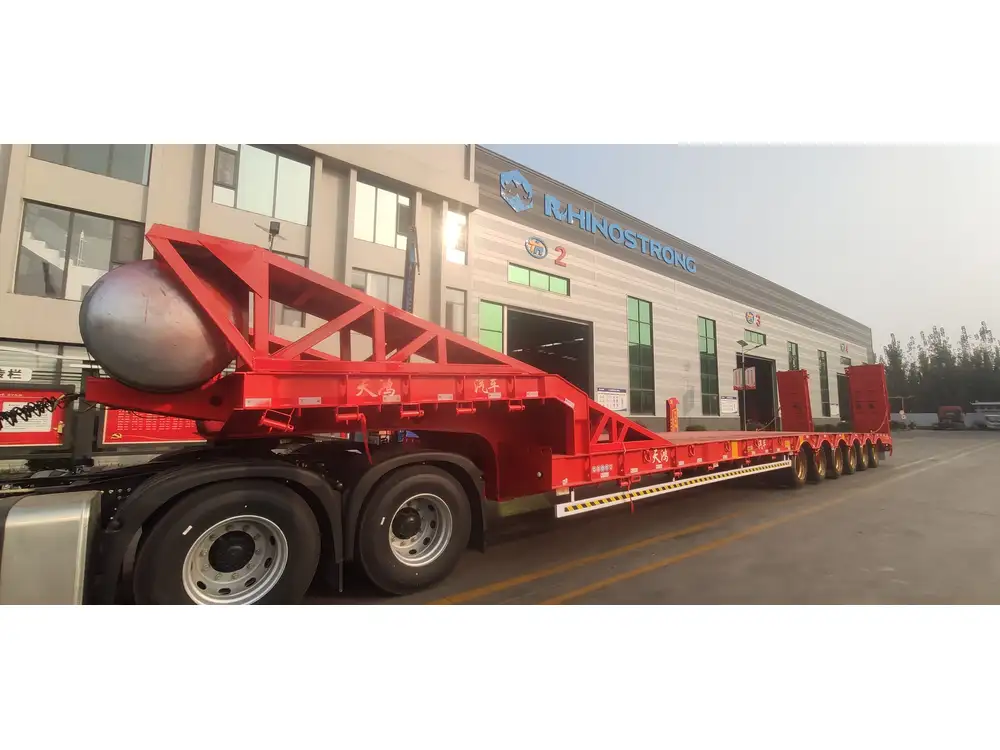
1. Preparation of Trailer
Ensure your flatbed trailer is in prime condition. Check for rust, structural integrity, and ensure that it can support the weight of the shed. Clean the surface of the trailer to remove any debris or obstacles.
2. Create a Solid Foundation
While the flatbed trailer is a foundation, it’s important to provide additional support, especially for the flooring. This can be achieved by installing cross beams for additional support.
3. Construct the Floor
- Cut your plywood or OSB to fit the dimensions of the trailer.
- Secure the floor to the trailer using screws. Ensure it is level and flush across the structure.
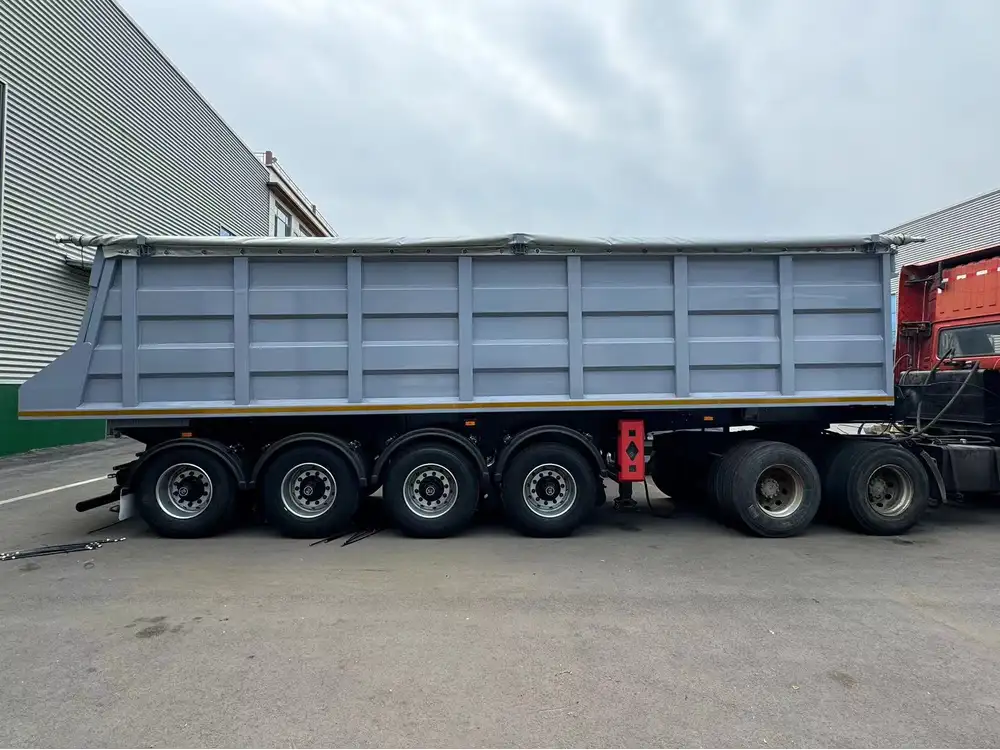
4. Build the Walls
- Frame each wall using 2x4s, considering cut-outs for windows and doors.
- Once framed, secure the wall panels to the foundational floor.
- Ensure all corners are square and secured.
5. Install the Roof
- Choose the roof style and construct it based on your earlier design.
- Attach it securely to the top of the wall structure.
- Ensure proper overhangs to help with water drainage.
6. Finishing Touches
- Add doors and windows per your design.
- Insulate the walls if you plan to store sensitive materials or use the shed in varying climates.
- Apply exterior paint or sealant to protect against weather conditions.
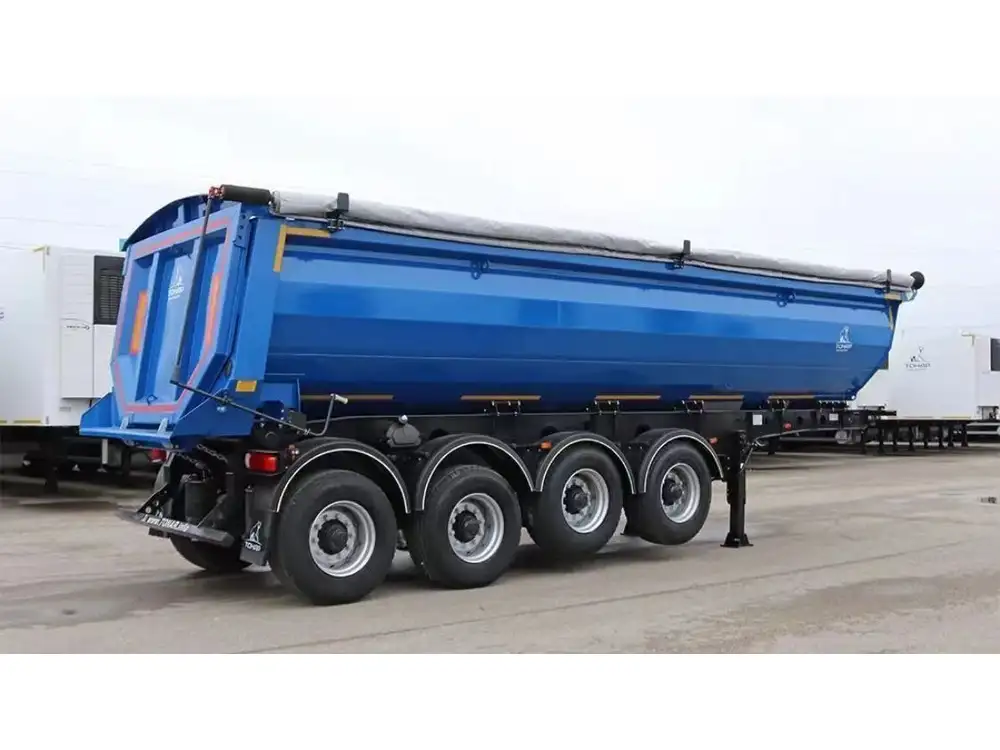
7. Utility Considerations
If your shed will require electrical wiring, consider hiring a professional. Incorporating wiring while the shed is still in construction is far easier than retrofitting later.
Maintenance Tips for Your Shed-on-Trailer
To ensure the longevity and functionality of your shed, regular maintenance is essential. Here are some key maintenance practices:
- Regular Inspections: Check the condition of the roof, walls, and trailer base periodically to prevent deterioration.
- Cleaning: Keep the interior and exterior clean to avoid damage from accumulated debris and fungi.
- Re-painting: Reapply protective paint as necessary to combat weathering.
- Storage Practices: Organize tools and materials to avoid overwhelming the structure and to promote efficient use of space.
Conclusion
Building a shed on a flatbed trailer can be a rewarding and practical project, offering flexibility, custom design, and mobility. Through carefully establishing your plans, understanding local regulations, and employing proper construction techniques, you can create a functional and aesthetic space tailored to your needs. With the provided guidance and insights, you’re now equipped to embark on this exciting endeavor—ensuring that your creative vision becomes a reality while addressing potential challenges with informed confidence.
Through this exhaustive analysis of each stage in the process, from planning to implementation, we trust that you now possess the knowledge and motivation needed to undertake building your shed on a flatbed trailer. Happy building!



